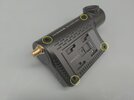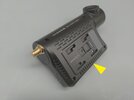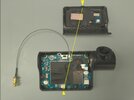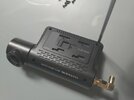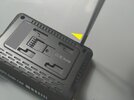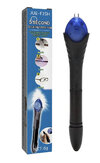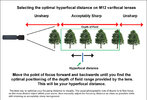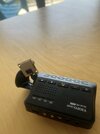It kind of depends on the optical design of the lens but I find the best method is to focus on infinity and work your way closer if necessary. I have found that the best method is to focus on a particular tree about 100 yards outside my office window and everything near to far is just about right for dash cam use. You "may" have to play with the hyperfocal distance a bit if you find that you need to adjust focus for your lens and circumstances.
Hyperfocal distance can sometimes be a complicated and confusing subject but at its simplest,
hyperfocal distance is the focusing distance that gives your images the greatest
depth of field for your particular lens. Basically, every lens has a fixed "depth of field" which is its ability to focus on near objects and farther objects at the same time. Objects closer than your depth of field will be out of focus and objects beyond your depth if field will be out of focus. Some lenses have a very deep range of depth of field and some have a shorter one. The hyperfocal point is usually about 1/3 of the way past the nearest point of focus. When focusing a lens you may need to adjust the hyperfocal distance nearer or farther depending on how you want to use the lens. What you are doing is moving the available depth of field for your lens backwards and forwards by adjusting the optimal hyperfocal distance. With dash cams this can be tricky because we want to see things both close and far as best as we can and the small M12 lenses in dash cams and small sensors have limitations compared with say a big DSLR, so you may need to do some experimentation and adjusting.
When I first introduced the idea of using telephoto lenses on a dash cam
six years ago using a varifocal lens, a similar phenomenon to what is happening here occurred with
@TonyM's A139 mod where suddenly everyone wanted to install a telephoto lens (on the Mobius). I started getting a lot of questions and PMs from members who were having trouble getting their new lens to focus properly. Finally, I created a graphic to try to explain this whole business of depth of field and optimal hyperfocal distance. Maybe the graphic will be useful here since, as I've said, this concept seems to confuse people.
Keep in mind that most of the time if you just focus on infinity you shouldn't have to do much if any adjusting but this shows how the concept of lens focusing works if you need to make adjustments or just want to bring the sharpest focus closer to your car.
View attachment 64949

